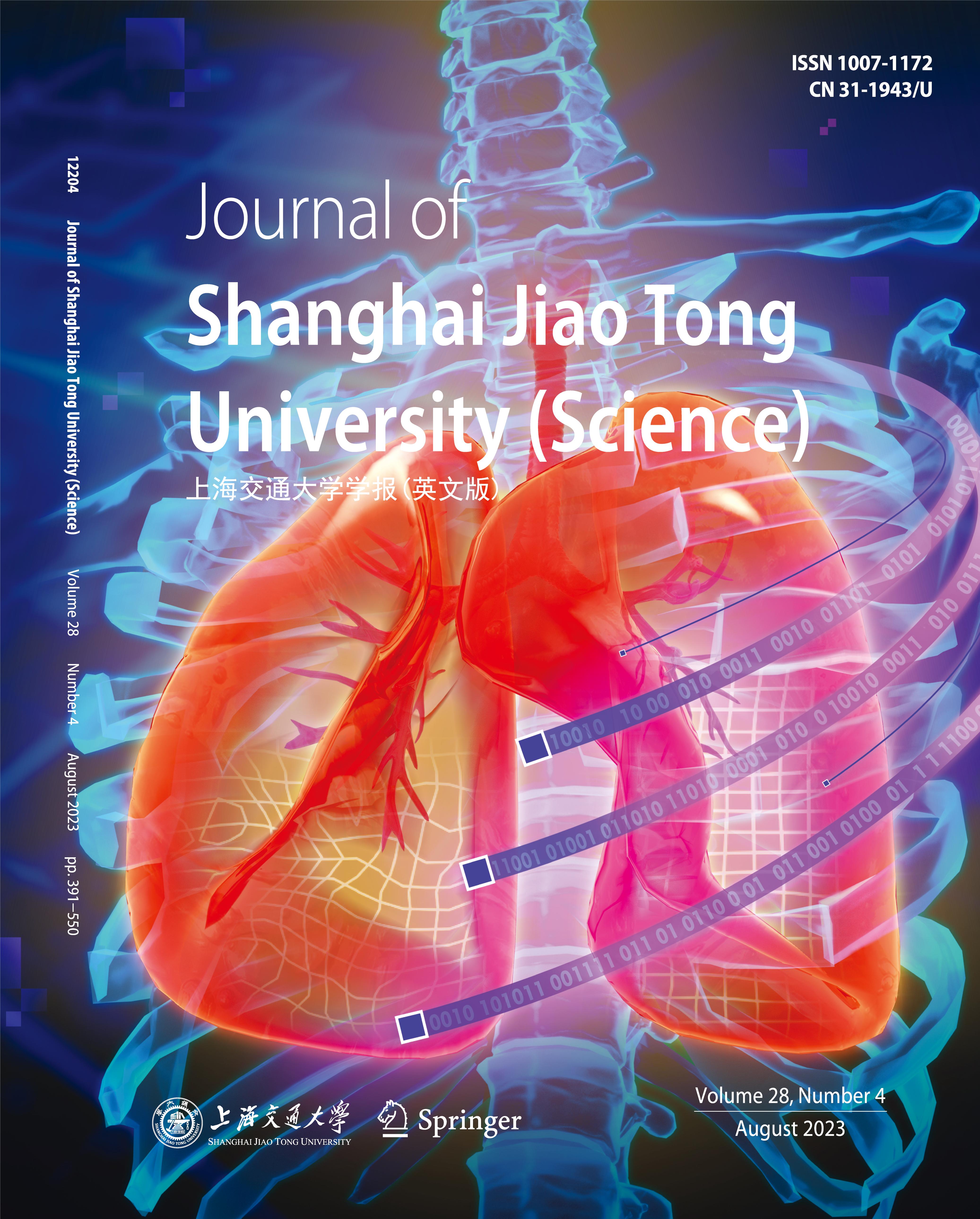|
|
Establishment of a Refined Brain Model for Evaluating Implantation Behavior of Neural Electrode and Research of its Simulated Behavior
HE Yuxcin (贺雨欣), ZHANG Wenguang (张文光), XU Haotian (胥浩天), XU Yifan (徐倚帆), XU Liyue (许李悦)
2023, 28 (4):
401.
doi: 10.1007/s12204-022-2523-5
The long-term reliability of the neural electrode is closely related to its implantation behavior. In orderto realize the quantitative research of the implantation behavior in a low-cost and accurate way, a refined brainmodel containing meninges is proposed. First, the expected simulation material was selected through measuringthe elastic modulus based on the method of atomic force microscope indentation technique. As a result, the 2%(mass fraction) agarose gel simulated the gray and white matter, the 7 : 1 (volume ratio) polydimethylsiloxane(PDMS) sheet simulated the pia mater, and the polyvinyl chloride (PVC) film simulated the dura mater. Second,based on designing a three-layer structure mold, the brain model was prepared by inverted pouring to realizea flat implantation surface. Finally, the simulation behavior of the brain model was investigated with the ratbrain as a reference. For mechanical behavior of implantation, the implantation force experienced two peaks bothin the brain model and the rat brain, maximum values of which were 10.17 mN and 7.69 mN respectively. Thelarger implantation force in the brain model will increase the strength requirement for the electrode, but reducethe risk of buckling of that in practical application. For humoral dissolution behavior, the dissolution rates ofthe polyethylene glycol (PEG) coating of the electrode in the brain model and rat brain were 7 000 μm3/s and5 600 μm3/s, respectively. The faster dissolution rate in the brain model will cause the larger thickness of thecoating design but provide sufficient implantable time in practical application. The establishment of the brainmodel and the research of its simulated behavior are beneficial to the size design of the electrode substrate andcoating, and research of the implantation mechanism, and further increase the functional life of the electrode.
References |
Related Articles |
Metrics
|

